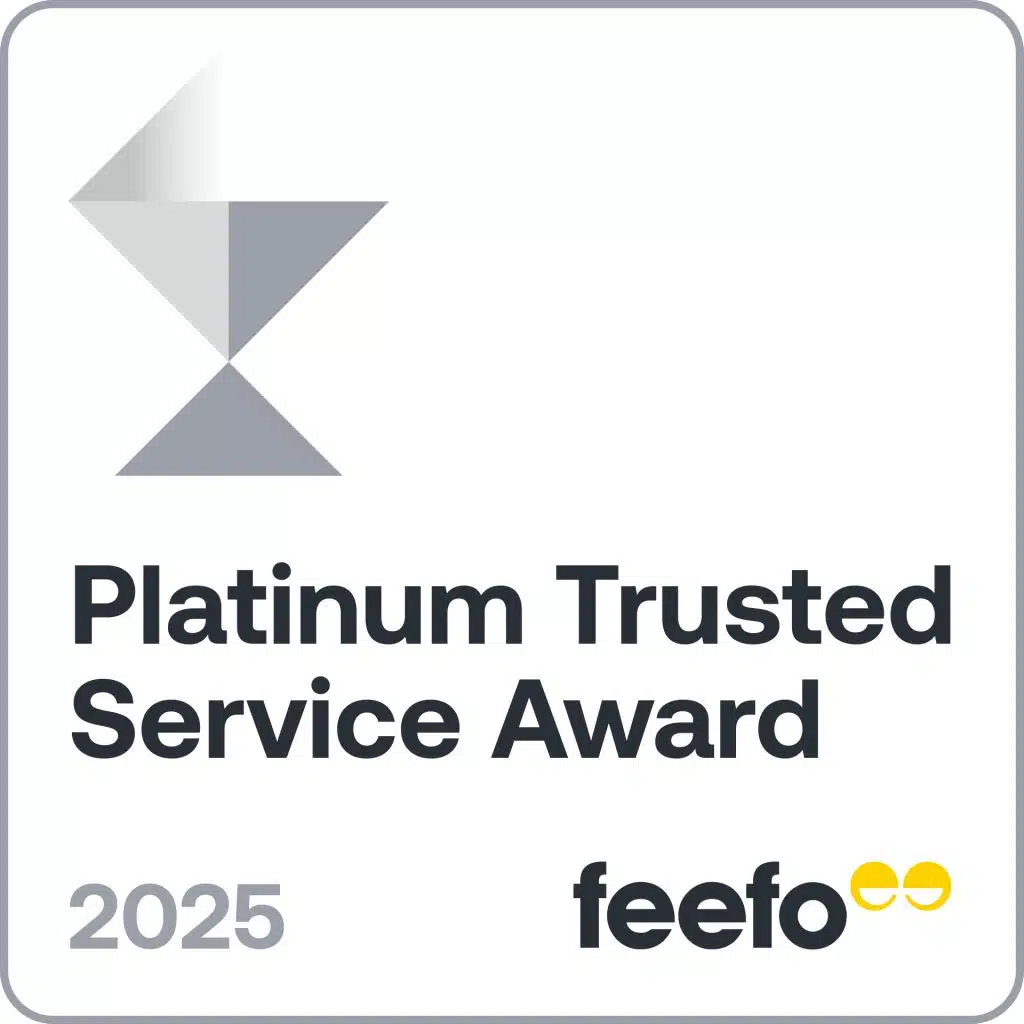Invoice finance is a flexible form of business funding that lets you access money tied up in unpaid invoices. Instead of waiting for customers to pay, a lender advances a percentage of the invoice value, giving you fast access to funds. It can be a useful short-term solution for managing cash flow, covering operating expenses or funding new opportunities without taking on long-term debt.
Types of invoice finance
There are two main forms of invoice finance: invoice factoring and invoice discounting. Both let you access funds against your accounts receivable, but they differ in how payments are collected and who manages customer relationships.
Invoice factoring involves selling your unpaid invoices (accounts receivable) to a third-party finance provider, which then takes over responsibility for collecting payment from your customers. You’ll typically receive up to 95% of the invoice value upfront, with the remainder paid once your customer settles the invoice, minus any fees.
Invoice discounting is structured as a loan secured against your outstanding invoices. You retain ownership of the debt and remain responsible for chasing customer payments. The lender advances up to 85% of the invoice value, and once the customer pays, the remaining balance (less fees) is released to you.
Here’s how the two compare:
| Invoice factoring | Invoice discounting | |
|---|---|---|
| Advance amount | Up to 95% of invoice value | Up to 85% of invoice value |
| Fees | Higher fees, often up to 5% of the invoice value | Lower fees, typically up to 2.5% of the invoice value |
| Who collects payments | The finance provider | Your business |
| Who manages customer relationship | The finance provider deals directly with your customers | You retain direct contact with customers |
| Customer awareness | Customers are aware of the arrangement | Usually confidential |
| Best suited to | Businesses without a collections process | Businesses with the time and systems to manage their own debts |
Who can apply for invoice finance?
Invoice finance is typically suited to businesses that issue invoices for payment after goods or services are delivered, rather than receiving payment upfront. It’s especially popular among small to medium-sized enterprises (SMEs) that experience cash flow gaps due to delayed customer payments. Industries that commonly use invoice finance include:
- Manufacturing
- Construction
- Wholesale and distribution
- Recruitment and labour hire
- Transport and logistics
- Business services (e.g. marketing, IT, consulting)
To qualify, you’ll need to meet your finance provider’s minimum requirements around business trading history, turnover and customer base. Most providers look for:
- Established trading history: you’ll usually need to have been actively trading for at least six months, though some providers may require 12 months or more.
- Minimum turnover: this may be assessed monthly or annually, with some providers requiring at least $10,000 in monthly invoicing to be eligible.
- Creditworthy customers: since repayment is tied to your customers settling their invoices, providers will often assess the reliability of your debtors as part of the application.
How to invoice finance works
Whether you're using invoice factoring or discounting, the process follows a similar structure:
-
Submission
Submit your unpaid invoices to the finance provider for review.
-
Assessment
The provider assesses the invoices and advances you a percentage of their value.
-
Withdrawal
You can draw down funds as needed, paying any applicable fees on the outstanding amount.
-
Repayment
Your customers pay the invoice amount, either directly to the finance provider (factoring) or to your business (discounting).
-
Settlement
Once payment is received, the remaining balance is released, minus fees.
Why apply for a business loan with Savvy?
Expert brokers
You can speak with one of our specialist commercial brokers who can walk you through a range of loans to best suit your company's needs.
Over 40 lending partners
You can compare business loan offers, through a range of trusted lenders, maximising your chances of a great rate.
Fast online process
You can fill out our simple online form to generate a free business finance quote within minutes. You can also come back to it at any time.
The pros and cons of invoice finance
Pros
-
Fast access to funds
Applications can be completed quickly, with funding possible in as little as 24 hours.
-
Easier approval
Invoice finance may be more accessible than traditional loans, especially for newer businesses.
-
Improves cash flow
You can unlock working capital tied up in unpaid invoices to cover expenses or invest in growth.
-
No collateral required
Your invoices act as the security, making it suitable for businesses without significant assets.
-
Collections support
With invoice factoring, you can outsource debt collection and avoid awkward customer interactions.
Cons
-
Costs can add up
You’ll pay a fee based on a percentage of the invoice value, and additional charges such as application fees may also apply.
-
Not suitable for all businesses
Finance may not be available if you have low invoice volumes, poor credit or unreliable customers.
-
Liability for defaults
If your customer doesn’t pay, you may be responsible for the full amount.
-
Customer relationship risks
Outsourced collections could damage client relationships if handled poorly.
Is invoice finance the right option for my business?
Invoice finance can be a practical option for businesses that regularly invoice clients on credit terms but need faster access to funds. It’s especially useful if you want to maintain cash flow without taking on long-term debt or using other assets as security.
You might consider invoice finance if you:
- Have short-term cash flow challenges but a reliable, creditworthy customer base
- Want to avoid traditional loans or long-term debt commitments
- Lack the trading history or credit profile required for other types of business finance
- Need to unlock working capital tied up in unpaid invoices
It’s best suited to businesses that issue consistent invoice volumes and are confident in their customers’ ability to pay. However, it may not be ideal if your invoices are low value, infrequent, or if your clients have a history of late payments or defaults.
What are some of the alternatives to invoice finance for businesses?
Businesses in Australia have a variety of borrowing options to choose from, depending on their needs and circumstances. Other types of business finance include:
Business loans
Business loans provide a lump sum repaid in fixed instalments over an agreed term, typically several years. Loans can be secured (using assets like property or equipment as collateral) or unsecured. Secured loans usually have lower interest rates and higher limits, while unsecured loans offer easier access but higher costs. This type of finance is versatile and can be used to cover a range of business expenses.
Line of credit
A line of credit offers flexible access to funds up to a pre-approved limit, allowing you to draw, repay and redraw as needed. Interest is charged only on the amount used, making it ideal for managing seasonal cash flow or short-term expenses. Lines of credit can be secured or unsecured, with varying credit limits depending on your financial profile.
Asset finance
Asset finance enables businesses to acquire essential equipment, vehicles or machinery by spreading the cost over time. Options include:
- Chattel mortgage: you own the asset immediately, with the asset as security for the loan.
- Finance lease: you lease the asset from the lender, often with an option to buy at term-end.
- Operating lease: you get short-term use without ownership, which can be ideal for assets that depreciate quickly.
Business overdraft
A business overdraft allows you to withdraw beyond your business account balance up to an approved limit, providing quick access to funds for short-term cash flow needs. Interest applies only to the amount used, with flexible repayment options. This type of finance typically suits urgent or temporary funding requirements rather than long-term investments.
What our customers say about their finance experience



Savvy is rated 4.9 for customer satisfaction by 99 customers.












